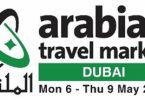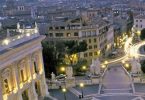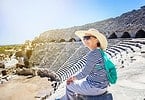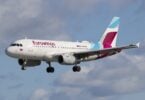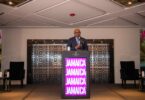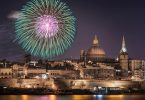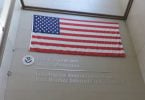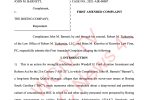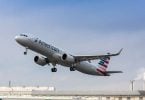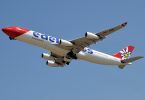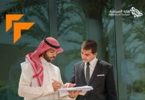Sixteen years after Pablo Escobar died in a hail of bullets, crowds of tourists are descending on his luxurious ranch to celebrate the tacky taste and violent times of South America’s most notorious drug lord.
The unexpected success of Hacienda Napoles as an attraction has disturbed the government of Colombia, where Escobar’s foot soldiers were paid $1,000 for every official and policeman they shot.
The ranch is presented as an “anti-crime museum” but many visitors maintain that Escobar, once named by Forbes magazine as the world’s seventh richest man, was a Robin Hood figure who shared his $25 billion (£15 billion) fortune with the Colombian poor.
So popular has the hacienda become that lawyers for some of the victims of his reign of terror in the 1980s are seeking a share of the profits it generates from souvenirs — including replica guns, fake Escobar moustaches and 12in plaster statues that croak his final words: “They kill me.”
Visitors enter the 5,000-acre estate near Medellin under an arch topped with a replica of the light aircraft in which Escobar’s gang flew its first 5,000lb consignment of cocaine to the United States.
Inside his mansion are fading Gianni Versace fittings and furniture that Escobar’s family picked up on trips to Miami before the clan became too infamous to travel.
Associates said he adapted his “narco-deco” style from the 1983 gangster movie Scarface, including a taste for collecting big cats, giraffes and elephants. Escobar imported the first herd of hippos into South America. The original four have now become 27 beasts.
The drug baron was especially proud of his Jurasico Park, a group of life-sized dinosaur statues and a golden pterodactyl made up from authentic bones. Guests can also race go-karts around his track. The ranch has retained his collection of classic cars, a bullring where he staged executions and a landing strip.
Escobar said aircraft allowed him to “industrialise the distribution” of Colombian cocaine and turn it into the most fashionable drug of the 1980s. At one point he controlled 80% of the world’s cocaine trade.
In 1991, when the Medellin cartel was killing more than 7,000 people a year with guns, bombs and chainsaws, he gave himself up.
He escaped from his lavishly appointed cell when real prison beckoned and went into hiding in the slums of Medellin. US-trained police finally tracked him down in 1993 and, as he scrambled to escape across rooftops, they shot dead the 44-year-old gangster.
Escobar’s widow insists that she is still the owner of the ranch. Maria Victoria Escobar, 38, who has moved to Argentina, claims to be “truly sickened” by its fate.
“She was always very careful whom she let in through the front door,” a family associate told a Bogota magazine last week.





